On Tuesday, October 29, 1929, the American stock market on Wall Street, New York crashed. The event triggered the greatest economic depression of the 20th century. Starting in the early 1920s, the United States underwent a period of strong economic growth. America was the main exporter of agricultural and industrial products to Europe, where economies were struggling to recover after World War One. American industry also became faster and more efficient thanks to the introduction of the assembly line. The automobile industry enjoyed a boom, which gave impetus to road construction. The oil, steel and rubber industries also grew as a result. Great optimism spread throughout the US market. Professional investors and ordinary citizens alike all invested in stocks. The value of most stocks skyrocketed to dizzying heights. But this situation created a huge difference between the value of a company’s stock, and its actual, real market value. Many firms were created simply to allow investors to speculate on stock profits, and later proved to be frauds. Meanwhile, American industries continued to produce more and more. Domestic demand couldn’t keep up with all the goods that were being placed on the market.
Many products went unsold, and companies started to go bankrupt. The stocks of failing companies began to lose value. Financial speculators started to sell off their portfolios. Small investors panicked, and began to sell their stocks as well. This triggered the crash on Wall Street. The situation came to a head on Thursday, October 24. Stock values plummeted. People who had invested all their money in the stock market were left penniless. Eleven New York brokers committed suicide. By Tuesday, October 29, known as Black Tuesday, the crash was definitive. News of the crisis rapidly spread throughout the country. Thousands of people rushed to banks to withdraw their savings. This created a liquidity crisis that forced many banks to declare bankruptcy. Industries were suddenly left without capital to invest. Production declined dramatically, and layoffs swept every sector of the economy. In a short while, the number of unemployed Americans rose to over 12 million. The crisis soon spread from the US to Europe. It lasted until the end of the 1930s, and went down in history as the Great Depression.
Many products went unsold, and companies started to go bankrupt. The stocks of failing companies began to lose value. Financial speculators started to sell off their portfolios. Small investors panicked, and began to sell their stocks as well. This triggered the crash on Wall Street. The situation came to a head on Thursday, October 24. Stock values plummeted. People who had invested all their money in the stock market were left penniless. Eleven New York brokers committed suicide. By Tuesday, October 29, known as Black Tuesday, the crash was definitive. News of the crisis rapidly spread throughout the country. Thousands of people rushed to banks to withdraw their savings. This created a liquidity crisis that forced many banks to declare bankruptcy. Industries were suddenly left without capital to invest. Production declined dramatically, and layoffs swept every sector of the economy. In a short while, the number of unemployed Americans rose to over 12 million. The crisis soon spread from the US to Europe. It lasted until the end of the 1930s, and went down in history as the Great Depression.
RELATED


THE TAIWAN ISSUE


THE HUNGARIAN REVOLUTION OF 1956
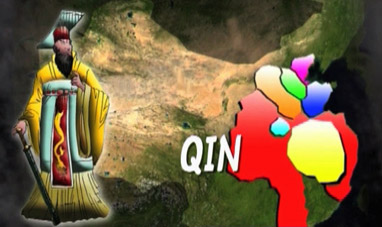

THE FIRST CHINESE EMPEROR AND THE QIN DYNASTY


THE ARGENTINE DICTATORSHIP, 1976-1983


THE SPANISH CIVIL WAR


GREAT SCHISM, THE
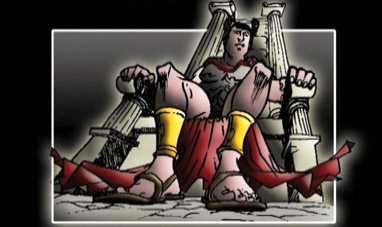

THE EDICT OF MILAN


THE PRAGUE SPRING
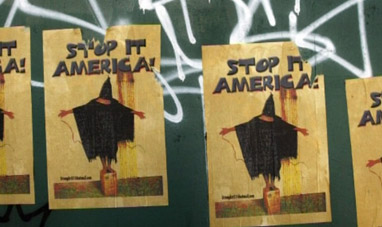

THE ABU GHRAIB SCANDAL
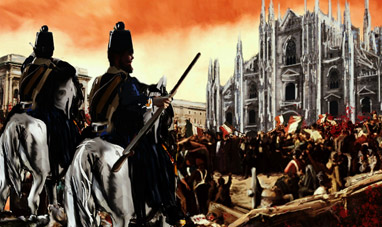

FIVE DAYS OF MILAN
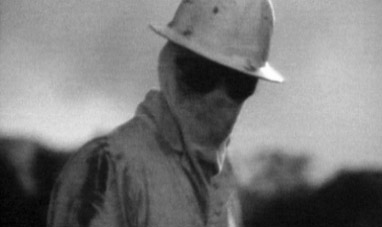

THE CHERNOBYL ACCIDENT


THE FALKLANDS WAR
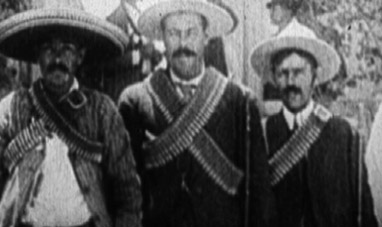

THE MEXICAN REVOLUTION


JOHN MAYNARD KEYNES


TANGENTOPOLI
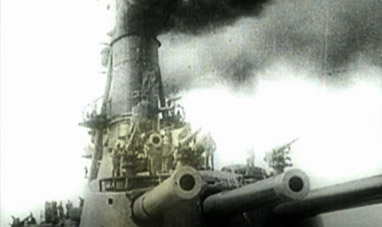

THE OUTBREAK OF WORLD WAR I


DISCOVERY OF AMERICA, THE


HIROSHIMA AND NAGASAKI
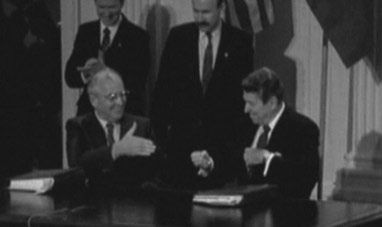

THE COLD WAR


FOUNDING OF UNITED ARAB EMIRATES


THE VAJONT DISASTER
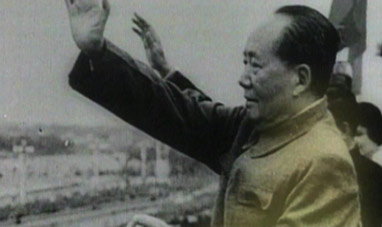

FOUNDING THE PEOPLE'S REPUBLIC OF CHINA
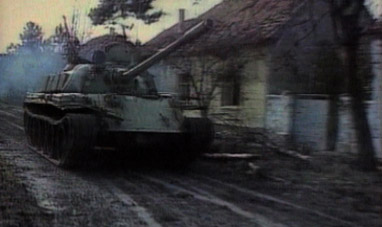

THE BALKAN WARS OF THE 1990S


THE KOSOVO WAR
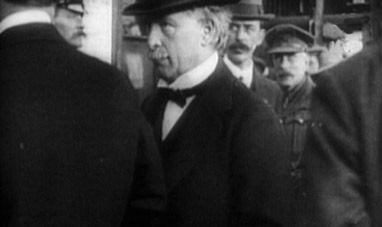

TREATY OF VERSAILLES
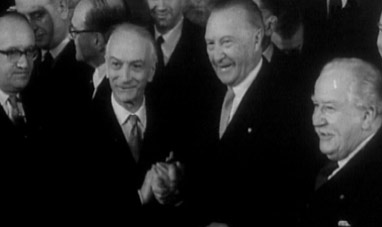

FOUNDING THE EUROPEAN COMMUNITY
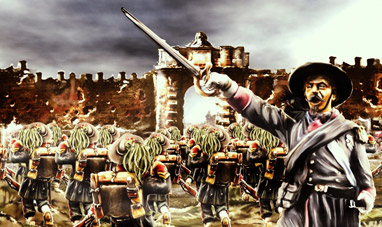

CAPTURE OF ROME


THE FIRST INTIFADA


YANIS VAROUFAKIS


THE 2001 ARGENTINE ECONOMIC CRISIS


THE SIX DAY WAR


THE TROJAN WAR
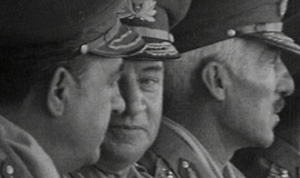

THE GREEK MILITARY COUP


THE CUBAN MISSILE CRISIS


THE FIRST GULF WAR


THE KINGS OF ROME
